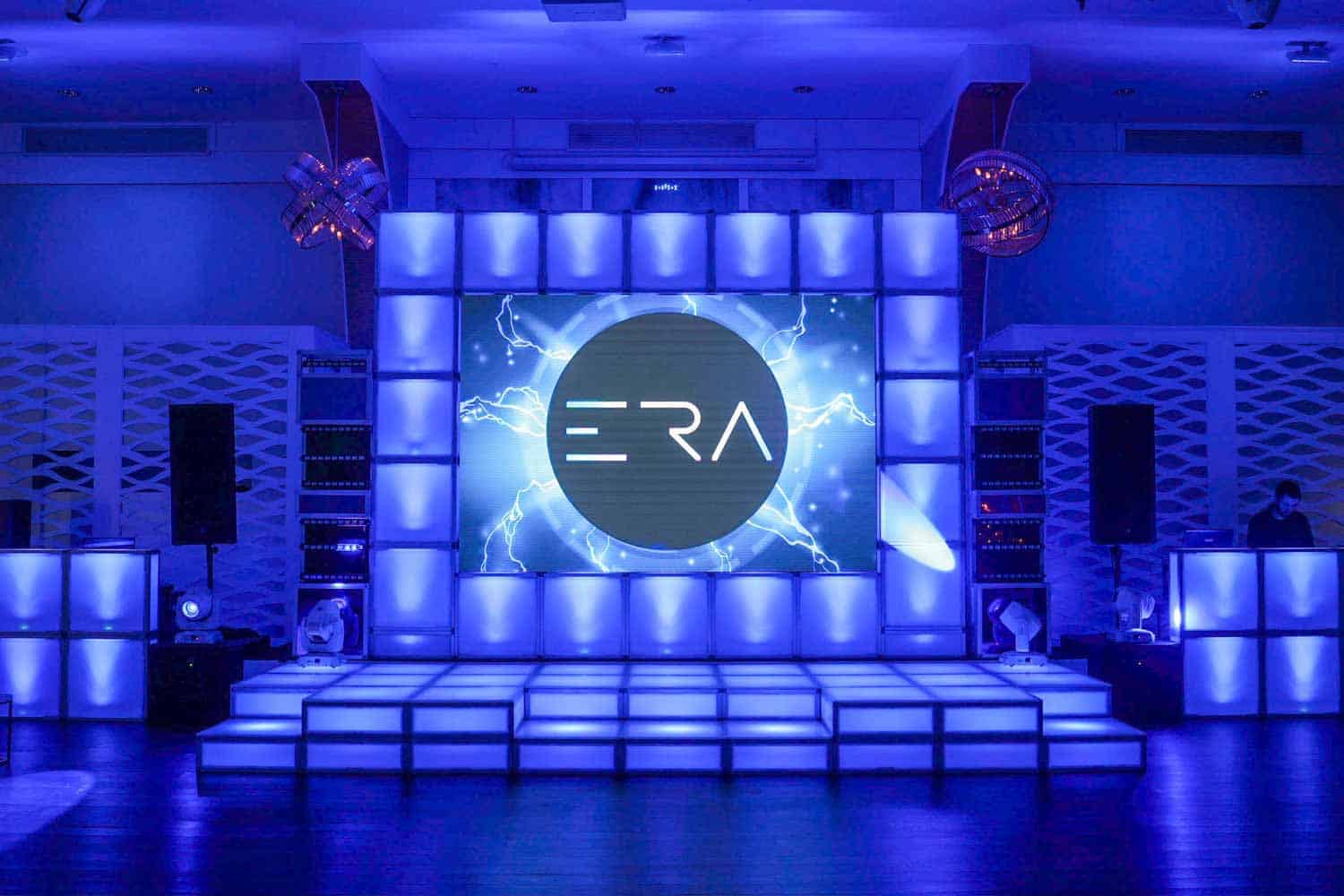A Comprehensive Comparison of Different LED Display Wall Techniques and Their Uses
A Comprehensive Comparison of Different LED Display Wall Techniques and Their Uses
Blog Article
LED display walls are more common across different environments, including concerts, sports events, and business meetings. These large big displays consist of composed of numerous individual LED panels that work together to form a cohesive unified visual. Various multiple kinds of Light Emitting Diode video wall technologies on the market, every having its unique characteristics as well as benefits. Understanding these options can assist businesses as well as organizations choose the right solution for their specific requirements.
A common kind of Light Emitting Diode video screen solution is the direct view LED. Such solution uses separate Light Emitting Diode modules which are placed near in proximity to form a large display. Directly viewed LED screens are recognized for their high brightness as well as lively hues, which makes them perfect for outdoor events and well-lit lit environments. These displays also have a broad viewing angle, allowing indicating that people can see the screen clearly at various positions. This renders directly viewed LED walls a favored option for stadiums and outdoor events.
A different type of Light Emitting Diode display wall technology is the LED illuminated Liquid Crystal Display. This technology combines conventional Liquid Crystal Display screens with LED backlighting for improved brightness and color precision. LED illuminated LCDs are often used in indoor environments, including retail malls and meeting rooms. These displays provide superior visual quality and are generally more affordable than directly viewed Light Emitting Diode walls. However, they may not perform as effectively in well-lit settings, as the illumination can occasionally dull the hues.
A third option is the OLED display screen. Organic Light Emitting Diode solution offers superior contrast and color richness compared to other types of displays. Each pixel in an Organic Light Emitting Diode display produces its individual luminescence, enabling for true blacks and vibrant colors. This renders Organic Light Emitting Diode video walls particularly attractive for uses which demand premium images, including gallery galleries and luxury shopping outlets. Nonetheless, OLED technology can be more expensive and may often be as luminous as directly viewed Light Emitting Diode screens, rendering it less appropriate for outdoor use.
In addition to these options, various additionally various applications for Light Emitting Diode display screens. These displays can be utilized for promotion, amusement, and information presentation. For instance, businesses often use Light Emitting Diode display walls for digital signage to draw in clients and promote goods. Within amusement, these displays enhance the visual experience at concerts as well as gatherings, providing dynamic backgrounds and captivating images. In corporate environments, Light Emitting Diode video walls can be utilized for demonstrations, video conferencing, as well as educational sessions, helping to communicate information in a aesthetically attractive way.
In conclusion, Light Emitting Diode display walls come in different technologies, every having its own advantages as well as applications. Direct view Light Emitting Diode screens are great for external applications, while LED-backlit Liquid Crystal Displays are more appropriate for indoor settings. OLED video screens offer superior image quality yet may be at a higher price. Grasping these variations can assist organizations to make knowledgeable decisions about which type of LED display screen best satisfies their requirements, whether for led video wall for presentations promotion, entertainment, or business use.